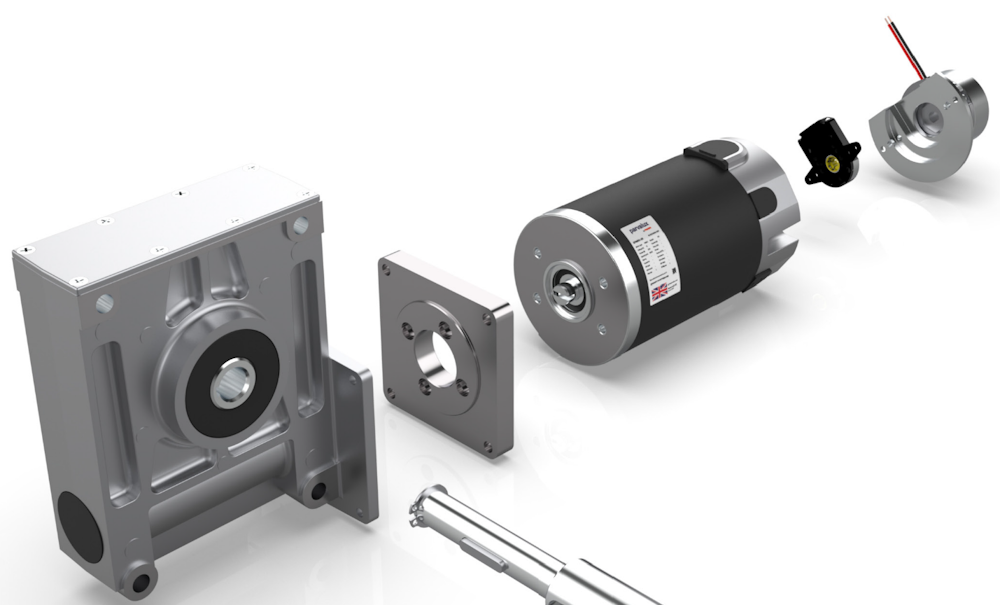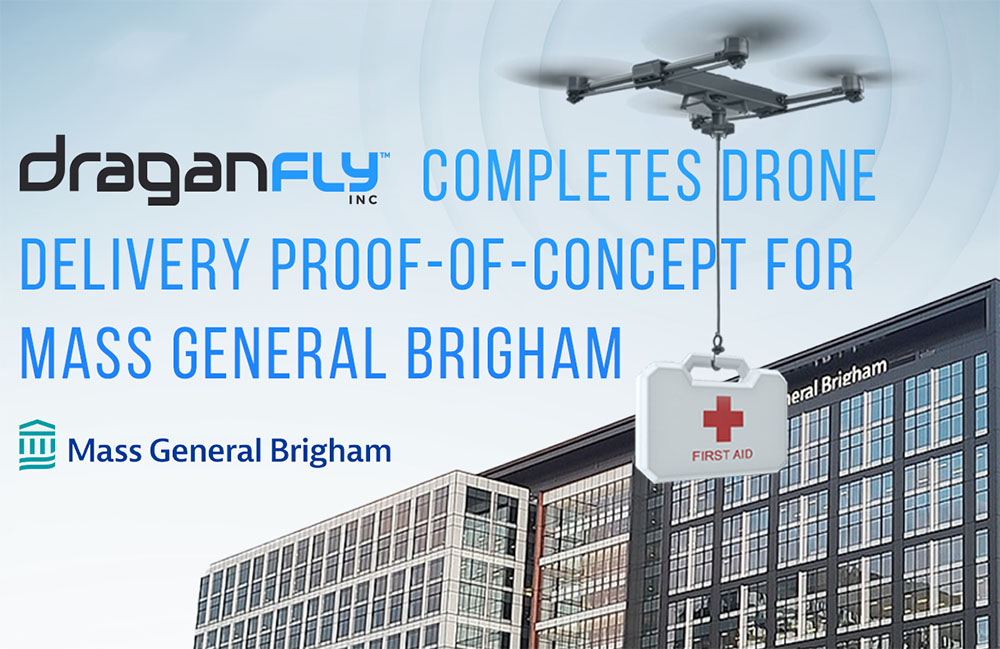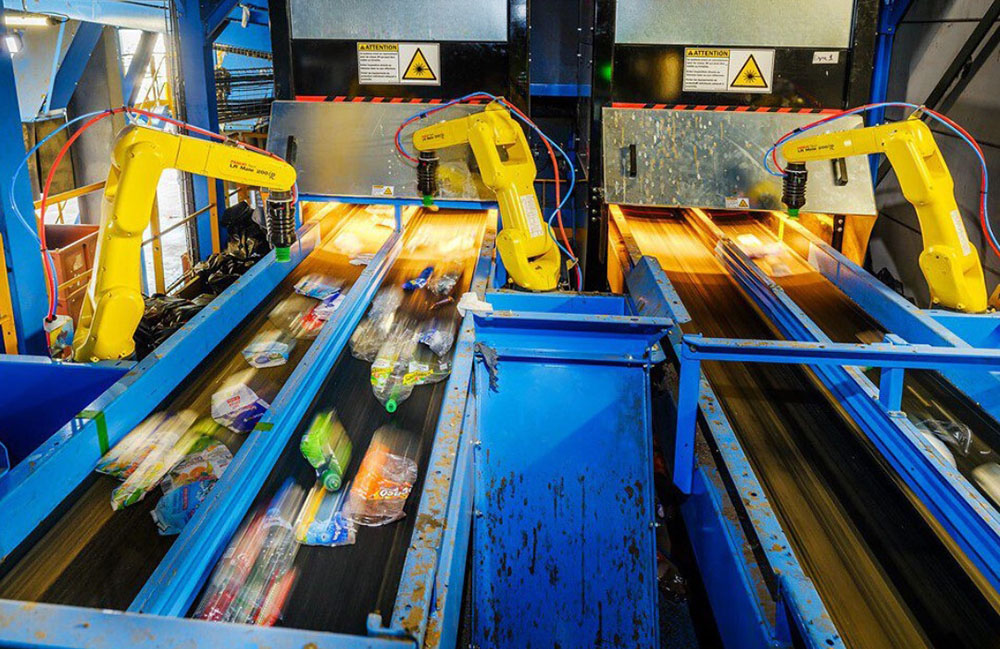Experienced design engineers can certainly estimate cycle times, throughput, quality, and uptime. However, the complexity of processes and associated controls leave plenty of room for fine-tuning during engineering and after installing automation systems.
Note that optimization is not the same as continuous improvement. Optimization is refinement conducted on a current process, whereas “continuous improvement” generally refers to changes to the process or systems. These can be done concurrently, but it is best to optimize first and then concentrate on continuous improvement.
Test automation systems with simulation, modeling
System simulation after the initial design of the automation system can be used quite effectively before the final design is complete. Simulation time and costs should be worked into a project whenever possible, as the payback can be quite significant.
These tools can be used to test and validate designs. Identifying potential issues at the design stage can reduce the risk of costly mistakes that could delay commissioning or cause problems afterward. Simulation can be used to evaluate machining and automated processes and serve as a tool to facilitate conversations throughout the project.
Process analysis and mapping: Some simulations can be detailed enough to be considered a digital twin of the system. Digital twins allow for even more detailed simulations to take place.
Developers can evaluate system behavior under very specific conditions and inputs to create a map that enables continuous optimization and testing without disrupting actual operations. Also, a properly designed and updated digital twin can then operate simultaneously with an actual system, providing some future predictability.
Current-state analysis: Models encourage designers to more thoroughly understand existing processes. Creating an accurate model involves documenting every step, input, output, and resource used within the system. The goal is to have a clear and comprehensive overview of how the system operates. This in turn sets the foundation for identifying areas of improvement.
Once the process is mapped out and simulated, designers can identify points in the process where delays or inefficiencies occur. These could be due to machine limitations, inadequate supply of materials, or other factors that slow down the process.
By visualizing the flow of materials and information through the system, designers can enhance and streamline processes and eliminate waste.
Don’t forget data monitoring and collection
An often-neglected step in the improvement process is proper and accurate data monitoring and collection. A logical and systematic approach is required with emphasis on using the proper tools for the job.
If you don’t collect good data, the subsequent analysis will be flawed. It is extremely important to understand what data is needed and how accurate that data must be.
For example, a camera intended for use in image collection or shape recognition may not be able to measure dimensional attributes for quality purposes.
Sensor integration: Integrating sensors into machinery and processes allows for real-time data collection of various parameters such as temperature, pressure, speed, and more. This data is crucial for determining system performance and possibly identifying areas for improvement.
Planning ahead can help reduce costs by designing connections and associated hardware during equipment build.
Analysis: Once the data is collected, advanced analytics can be used to help identify patterns, trends, and anomalies. Deviations from expected performance metrics may indicate issues that need addressing.
Analysis can be performed on-site or even remotely by a third party that specializes in big data collection and analysis. Modern AI and machine learning algorithms can now proactively predict potential equipment failures before they occur minimizing downtime and even extending the lifespan of machinery.
For instance, monitoring robot joint motor performance can trigger a preventative maintenance activity before a problem leads to a significant breakdown.
Document your PLC systems
Coding: Writing code is not necessarily difficult, but writing efficient, modular, and well-documented PLC (programmable logic controller) code takes time, planning, and experience.
Good coding techniques are crucial to make the code easier to maintain and modify, reducing the likelihood of errors and enhancing system reliability.
Error handling and debugging: Robust error-handling routines are essential for quickly identifying and resolving issues by operator and maintenance personnel. This must be specified early as a great deal of time and effort is required. The payback is reduced downtime and smooth systems operation.
Human-machine interface (HMI): Designing intuitive and user-friendly interfaces makes it easier for operators to control and monitor systems. This can reduce the likelihood of operator errors and improve overall system efficiency.
Provide real-time feedback and alerts to operators to allow for quick responses to issues. This can include notifications about performance deviations, maintenance needs, or system faults.
Optimize industrial automation systems
Path optimization: Path creation must be done by experts. However, in many robotic systems, there will still be room for improvement. Optimizing the movement paths can significantly reduce cycle times and energy consumption. This involves programming robots to take the most efficient routes.
Using joint moves can be faster than calculated linear or curved routes. However, creating intermediate points can sometimes force a robot to behave less erratically.
Cycle time reduction: Streamline operations to reduce the time taken for each cycle of operation and increases overall throughput. This can involve optimizing tool changes, reducing setup times, and eliminating redundant steps.
The goal is to minimize unnecessary movements and dwell times to reduce non-value-added motion.
Use continuous improvement and lean methodologies
Many companies follow specific techniques to refine processes. Regardless of the methodology employed, most can be used for both optimization and continuous improvement.
Note that these are only tools to effectively create positive change, but specific expertise in the specific method is necessary. A culture of improvement is a tremendous benefit and should not be discounted. Some examples are:
Kaizen: Implementing a culture of continuous improvement, known as Kaizen, encourages regular evaluation and enhancement of processes. This approach focuses on making small, incremental changes that collectively lead to significant improvements.
The process is allowed to stabilize before moving on to the next development opportunity. Since this approach represents a culture, it does not matter if the target is quality, maintenance, cycle time, operation, or some other enhancement.
Six Sigma: These methodologies can help reduce process variation and eliminate defects. This is a data-driven focused process using a statistical approach in decision-making to improve process quality and efficiency.
Although the Six Sigma method is mainly targeted to process improvements that affect quality, a thorough analysis of data can lead to discoveries in many helpful areas.
By advance planning and the careful implementation of some of these strategies, organizations can achieve significant improvements in the performance, efficiency, and reliability of their automation systems and associated processes. A holistic approach, involving multiple tools and a variety of personnel can enhance productivity and minimize waste in automation.
Editor’s note: This article was syndicated from The Robot Report sibling site Engineering.com.

 3 months ago
36
3 months ago
36








 English (US) ·
English (US) ·